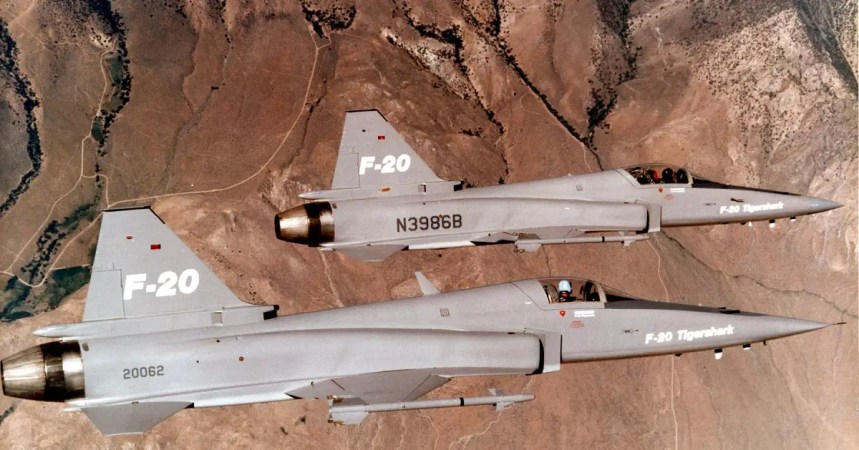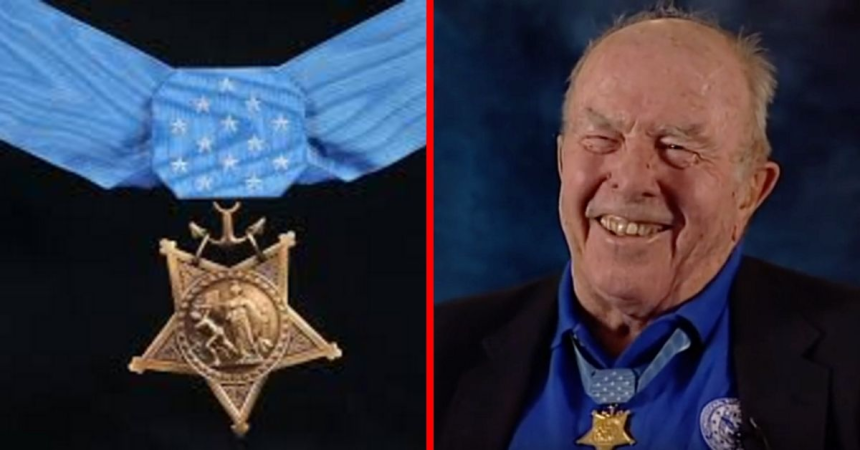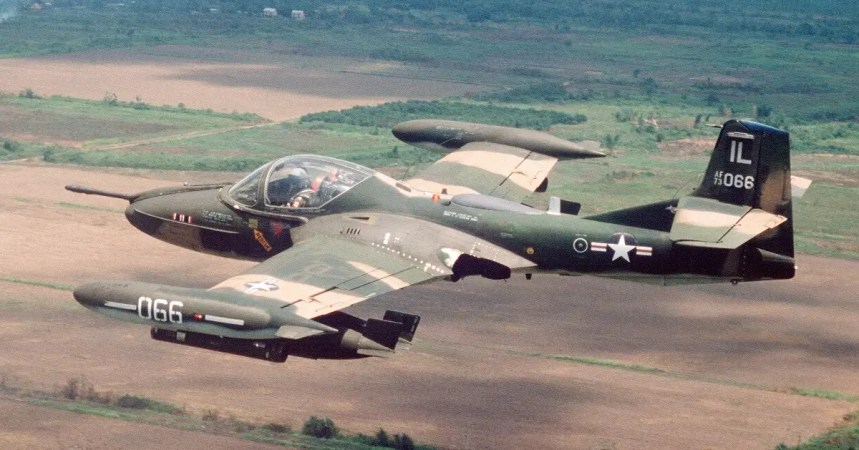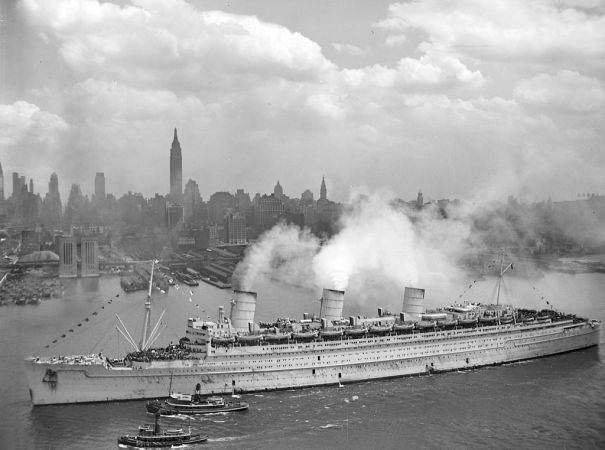Every Tuesday before Thanksgiving, there’s a ceremony held in which the President of the United States gives an official proclamation before a large crowd, pardoning turkeys for all the crimes they may have committed.
The turkey pardon is a fun — albeit goofy — ceremony that helps the country get into the holiday spirit, even if it began in ’87 as a means of distracting people from the Iran-Contra Affair. Since then, every president has kept the tradition going because, well, America seems to love turkeys this time of year.
As strange as this tradition might seem, it’s really not all that out of place. The relationship between Americans and turkeys has been weird since the beginning.

Long before the Europeans arrived in the Americas, indigenous peoples had sort of domesticated the turkey and started breeding them, making them plumper so that they’d make for a better meal. And it made good sense to do so. Turkeys are simple creatures that, when nourished, develop into large birds with plenty of delicious meat and they’re covered in large feathers that are great for crafting.
Furthermore, wild turkeys can survive in a range of environments. They were found all across the New World, from the Cree peoples’ lands near the Hudson Bay in Canada to the lands of the Aztecs in Mexico. Columbus himself even once remarked on how great the birds tasted. Eventually, turkey became a staple in most settlers’ diets… which makes it all the more odd that there wasn’t any turkey served for dinner at the first Thanksgiving.
The Wampanoag people were well known for their hunting skills and brought venison because it was showcased their talents as hunters. The pilgrims brought lobster and water fowl because they were much more common. Since the settlers didn’t really leave Plymouth, turkey was of off the menu unless they ventured into native territory.

When everyone’s gathered around the table eating turkey this Thanksgiving, you’re bound to overhear that one uncle say, “Did you know the US almost made the turkey its national bird?” in an attempt to look smart. Unfortunately for your uncle, no. That never happened. Not even close. That’s fake news. Yes, all of these links go to a different source disproving your uncle. But it’s not your uncle’s fault — this myth has been perpetuated for hundreds of years.
This myth got its start just two years after the creation of the Great Seal of the United States when Benjamin Franklin wrote a letter to his daughter about the design choices. He jokingly said that bald eagles had “bad moral character.” He also said the bird of prey was more of a scavenger (they’re not). He went on to praise the seal of the Order of the Cincinnati, a fraternity of military officers, that had a turkey on it.
In case you were wondering, Franklin’s actual recommendation for the Great Seal was of Moses parting the Red Sea with fire raining everywhere and the motto of, “Rebellion to Tyrants is Obedience to God.”

Soon after the United States became the United States, Americans quickly started hunting down and eating wild turkeys. They hunted them so thoroughly that pioneers would almost drive them to extinction wherever they went. The turkeys survived westward expansion and steadily climbed — then, the Great Depression hit and, for obvious reasons, they almost went extinct again in the 1930s.
After World War II, some troops returning from war went on to become game wardens, and began relocating turkeys en masse to avoid their being hunted into extinction. But how did these military veterans manage to catch large quantities of elusive turkeys in the wild? With modified howitzers shells that launched nets, of course!
No, seriously. These turkey-net cannons actually worked. The turkey populations went from just under 500,000 across the entire U.S. in 1959 to the roughly seven million that are fair game for hunting each and every year.










